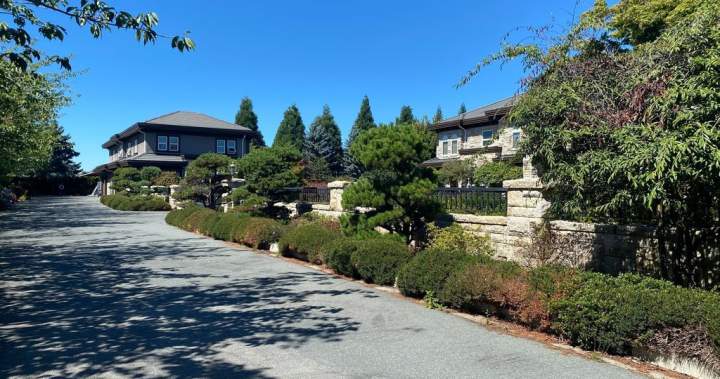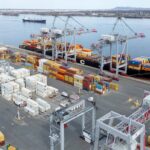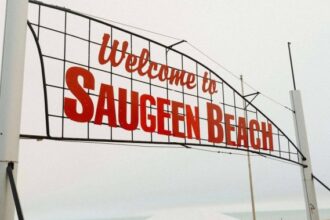A groundbreaking legal declaration by the Cowichan Tribes has sent ripples through British Columbia’s real estate market, asserting aboriginal title to approximately 780 square kilometers of land on Vancouver Island—territory that encompasses numerous high-value properties, including waterfront mansions and commercial developments.
The declaration, formally filed in B.C. Supreme Court on Thursday, represents one of the most significant land claims in the province’s recent history, potentially affecting thousands of property owners across the Cowichan Valley. Unlike previous claims, this legal action directly challenges the ownership status of numerous developed properties, including some of the region’s most expensive real estate.
“This isn’t merely about reclaiming ancestral territories—it’s about addressing historical injustices that have persisted for generations,” said Cowichan Tribes Chief Cindy Daniels. “These lands were never surrendered through treaty or other legal means, yet they’ve been developed and sold without our consent or compensation.”
The claim area stretches from the town of Ladysmith in the north to the Malahat region in the south, encompassing the communities of Duncan, North Cowichan, and portions of the Gulf Islands. Property records indicate the affected area includes estates valued at several million dollars, particularly along the coveted waterfront areas of Maple Bay and Cowichan Bay.
Legal experts note the claim follows precedent established by the landmark 2014 Supreme Court of Canada decision in the Tsilhqot’in case, which recognized aboriginal title could extend to the entire traditional territory of an Indigenous nation, not merely village sites.
“The Tsilhqot’in decision fundamentally changed the landscape for aboriginal title claims,” explained Dr. Sarah Reynolds, professor of Indigenous law at the University of Victoria. “What we’re seeing with the Cowichan claim is a logical extension of that precedent, applied to an area with significantly more development and higher property values.”
Provincial government officials have acknowledged receipt of the claim but emphasized that existing property owners shouldn’t panic. B.C. Minister of Indigenous Relations Murray Rankin stated that the province remains committed to working with both the Cowichan Tribes and affected property owners to find solutions that respect aboriginal rights while providing certainty for current residents.
“This will be a complex process requiring good faith negotiations from all parties,” Rankin said. “Our government recognizes both the legitimacy of Indigenous claims and the concerns of property owners who purchased their homes in good faith.”
Real estate analysts are monitoring the situation closely, noting potential impacts on property values and future development. The uncertainty surrounding title could affect financing options for properties within the claim area, with some mortgage providers potentially requiring additional assurances before issuing loans.
“We’re already fielding calls from concerned property owners wondering what this means for their investments,” said Jennifer Hartley, president of the Vancouver Island Real Estate Board. “While it’s too early to predict specific outcomes, this claim adds a layer of complexity to an already challenging market.”
The Cowichan Tribes’ legal team has emphasized that their goal isn’t to dispossess current residents but to achieve recognition of aboriginal title and establish a framework for shared governance and economic benefits. However, the claim does seek declarations that would potentially invalidate some existing property interests without compensation to the Nation.
For residents within the claim area, the announcement has raised significant concerns. Local community associations are organizing information sessions, and municipal leaders have called for provincial intervention to provide clarity and support.
As this case proceeds through the courts, it highlights the ongoing reconciliation challenges in British Columbia, where the majority of the province remains unceded Indigenous territory. The outcome may establish important precedents for how urban and developed lands are addressed in the context of aboriginal title claims throughout Canada.
What remains to be seen is whether this case will prompt a new model for reconciliation that balances recognition of Indigenous rights with the practical realities of established communities, or whether it will lead to prolonged uncertainty for thousands of British Columbia residents who call this contested territory home.











